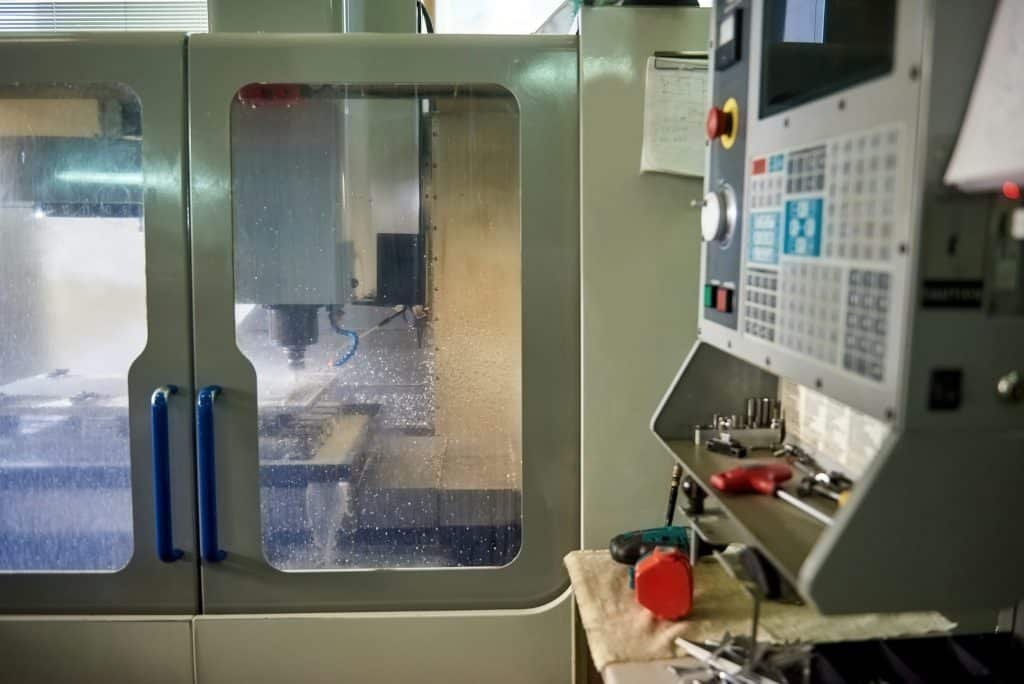모모A Deep Dive into Work Experience and SkillsIn view of the actual needs of society, sg maid agency We need to change some original problems to better serve the society and benefit people. https://1achieve.net
모
모모
모모1. Detailed Overview of Essential Domestic Skills At the heart of a well-run household lies a plethora of skills that go beyond mere chores. Cooking, for instance, isn’t just about following recipes; it’s about nourishing the family with healthy, delicious meals that cater to dietary preferences and restrictions. Cleaning involves not just tidiness but a deep understanding of hygiene practices, the use of eco-friendly products, and techniques that prolong the life of furnishings and appliances. Caregiving, on the other hand, demands empathy, patience, and the ability to anticipate the needs of children, the elderly, or those with special needs. Expert quote: 몷A domestic helper몶s skills are the backbone of household harmony. Mastery in these areas ensures not just the physical well-being of the family but also its emotional health,몸 shares Jane Doe, a family psychologist.
모모
모모2. Highlighting Specializations In a world that celebrates uniqueness, many maids bring specialized skills to the table. Some may excel in elderly care, possessing the patience and knowledge to manage medication schedules, mobility exercises, and companionship. Others might specialize in infant care, offering peace of mind to working parents with their expertise in developmental milestones, nutrition, and safety practices. Then there are those who are culinary wizards, capable of whipping up a storm with specific cooking styles C be it traditional Singaporean cuisine or international dishes. Real-life story: Sarah, an employer, recounts, 몷Finding Maria, who specializes in elderly care, was a blessing. Her expertise and compassionate nature have significantly improved my mother몶s quality of life.몸
모모
모모3. Adapting to New Environments The ability of a domestic helper to adapt to new environments is akin to a chameleon몶s skill in changing colors C it’s an art. This includes understanding and respecting the cultural practices and preferences of the employer몶s household. Whether it’s adapting to different culinary tastes or integrating into a household with unique routines, flexibility and a willingness to learn are key. Engaging question: Have you ever wondered how seamlessly a well-suited helper can blend into the fabric of your household, making life smoother and more joyful?
모모
모모4. Skill Development Opportunities Singapore prides itself on its commitment to continuous learning and development. Numerous training courses and certifications are available for domestic helpers to enhance their skills, ranging from caregiving and culinary arts to language proficiency and even financial management. These opportunities not only empower the maids but also elevate the quality of service they provide to their employers. Call to action: Encourage your domestic helper to pursue these growth opportunities. It몶s an investment in their future and the well-being of your household.
모모
모모5. Real-Life Success Stories The true testament to the importance of skills and experience comes from the success stories of maids who have transformed households with their expertise. Take the story of Linda, who, with her exceptional culinary skills, brought a family closer by reviving their love for home-cooked meals. Or John, whose dedication to elderly care helped a grandfather regain his mobility and independence. Vivid description: Imagine the aroma of a well-cooked meal wafting through the house, or the sound of laughter as a once-isolated elderly family member shares stories from their youth. These are the moments that skilled domestic helpers bring to life. In conclusion, the quest for the perfect domestic helper in Singapore is a journey of understanding and appreciation of the skills and experiences these individuals bring. It’s about creating a synergy between the needs of a household and the expertise of a helper.
모모
모모As we reflect on this journey, let us remember that at the core of every successful employer-helper relationship lies respect, empathy, and a shared commitment to growth and harmony. Engaging question: Are you ready to embark on this journey to find the domestic helper who not only meets your household needs but also enriches your family life with their skills and experiences? Remember, the perfect match is out there, waiting to transform your household into a harmonious haven.




